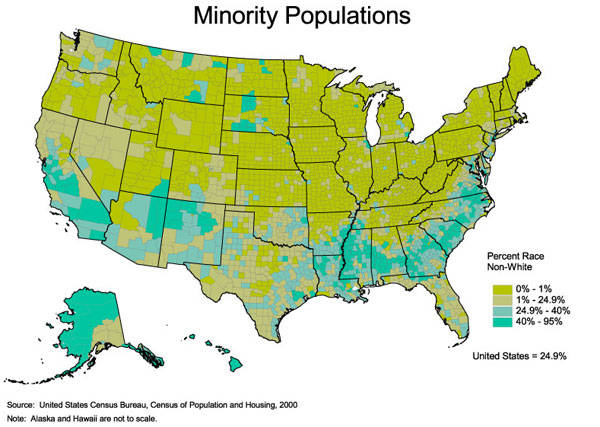What’s Italian, Who’s Italian American, What's in a name?
As part of the 2004 American Cummunity Survey, the report shows that since the year 2000 about 1,093,880 more people identified themselves as "Italian American" to the researchers. The I-A total has risen to 16,817,286. Taking intermarriage into account and the reluctance of some to identify themselves as Italian American or anything else other than just plain American, it can be estimated that the number of people in the United States with at least one Italian grandparent is around 26 million.
During the "Alito for Supreme Court Campaign," as editor of an Italian American Internet site, I was bombarded with appeals by Italian American organizations but didn’t feel the urge in the slightest join the crowd.
With a name like "Krase," I am frequently asked why I am interested in the group to which, they assume, I don't belong. Even my dear old friend, Jerre Mangione insisted on referring to me as “Jerre.” "What's Italian?" Fred Gardaphe says it is things like omerta, and bella figure. An Agnelli Foundation study found Italians value family, neighborhood, community, and domestic life. They are realistic and pragmatic. Can we say that people who share these values are Italian American and those who don't are not?
The field of Italian American Studies emerged during "Rise of the UnMeltable Ethnics" and was viewed as a hostile reaction to Black nationalism and Afro‑American cultural revival. As a “working class style”, Italian American ethnic consciousness is still seen merely as "defensive,” “symbolic” and not "authentic." However, in the 1990 and 2000 Censuses over 16,000,000 said they were Italian American. Perhaps Italian Americans also defy logic.
Even though Italian Americans are well integrated, they are still distinct. Other than by self-identification, how is membership in an ethnic group determined? Who should define? Despite disunity Italian Americans are united by shared images about who "they" are. And, stereotypes to the contrary, they are extremely diverse and are neither monolithic nor cohesive. Many have more in common with non‑Italian Americans than with each other.
A hundred years ago Italian Americans were simply Italian "Foreign‑born." Nationality and race were virtually synonymous, so Italians were also a “racial” group. By the 1940s the Census Bureau added "Foreign Stock" category of persons with at least one foreign‑born parent. After World War II ethnic groups were more seen as cultural, and less as genetic groups. The 1980 Census asked a sample of the population to identify themselves ethnically. In 1990 this was included in the full enumeration and as a large sample in 2000. In this way ethnicity, moved from a genetic to a symbolic term. For each definition we have different Italian Americans. Note also that "born in Italy" is a misleading concept as "cultural Italians" come from many other places. While the number of Italian immigrants and foreign-born Italians has decreased, the definition of who is Italian American has been expanding. I think it should continue to expand.
Ethnic Identity matters. I have been Director of the Brooklyn College Italian American Center, American Italian Historical Association President, and American Italian Coalition of Organizations of New York City Founding Member. In every case my ethnic "fitness" for the role was challenged. When I ran for President of the AIHA, one of my well-meaning friends put Jerry "Cangelosi" Krase on the ballot, as a way of enhancing my candidacy. I won by a whisker to someone with an Italian name.
We Italian Americans, Krases included, are an extremely varied lot. We are proud of every drop of us, yet much of what we do would not be seen by others as "Italian American" accomplishments. My oldest daughter Kristin Krase was the VP of her senior class at Vassar; is an Educational Psychologist, and mother of Spencer Rocco and Leander Jerome Letizia. Her marvelous children are seen as Italian American but she is not. Karen Krase (now Delgado), was a scholar athlete at Manhattanville College and is an accomplished Pediatric Occupational Therapist. She, and my beautiful nieta Isabella, will certainly become role models for Latinos, but regrettably not for Italian Americans. Finally Kathryn Krase, a Cornell graduate, has a MSW and a JD and is on staff at Fordham University. She married a Cahill. Whether Krase or Cahill she is beyond the Italian Pale. My wife, Dr. Suzanne Nicoletti is a hospital administrator as well as an Adjunct Associate Professor. Until she hyphenated the “Krase” most people thought she was Jewish. All Krases can trace their roots to Sicily, and Campania. But they also have Russyn-Carpathian, Polish, Slovak, Czechoslovak, Croatian, Yugoslavian, Austrian, and Galician roots. By narrowly defining Italian Americans we ignore the contributions of tens of millions who trace their roots to Italy.





































i-Italy
Facebook
Google+
This work may not be reproduced, in whole or in part, without prior written permission.
Questo lavoro non può essere riprodotto, in tutto o in parte, senza permesso scritto.